Case Number : Case 1537 - 16 May Posted By: Guest
Please read the clinical history and view the images by clicking on them before you proffer your diagnosis.
Submitted Date :
The patient is a 76-year-old woman with a shave biopsy taken from the right nasal sidewall.
Dr Mark Hurt.
Dr Mark Hurt.

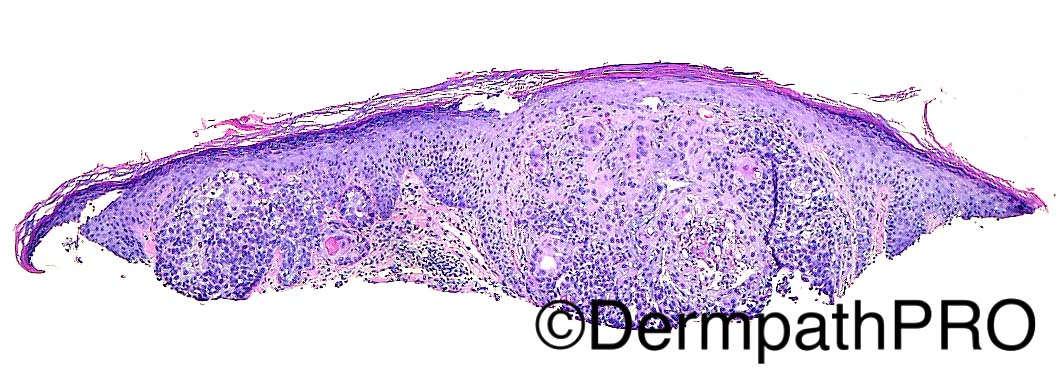
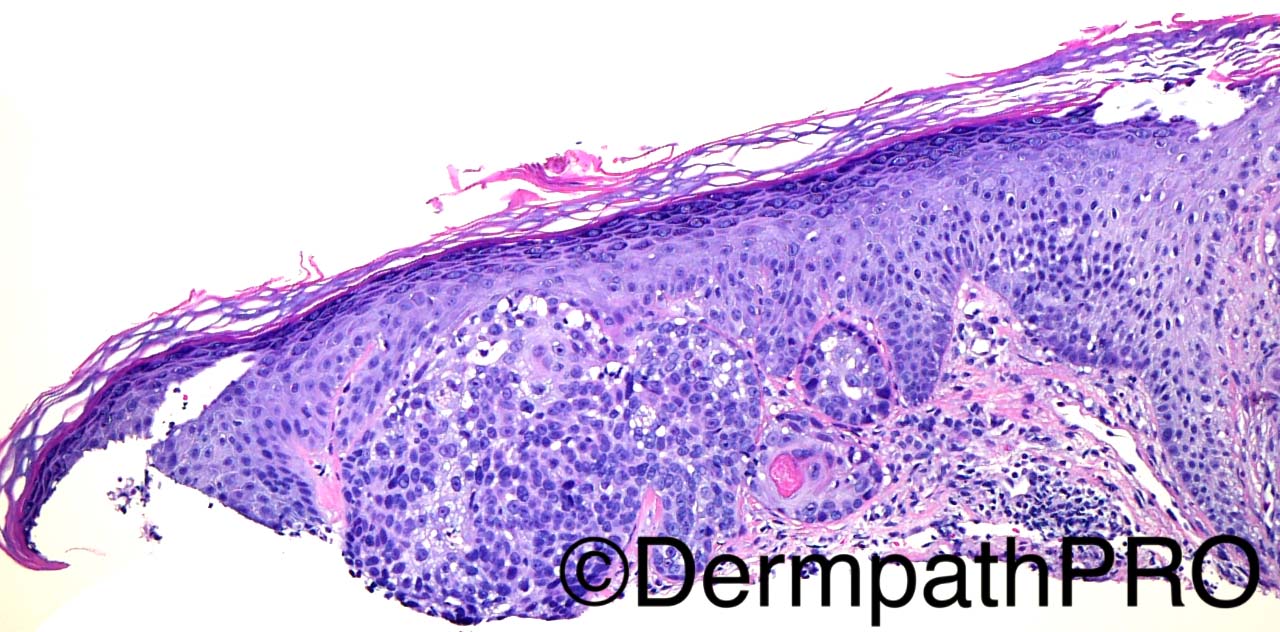

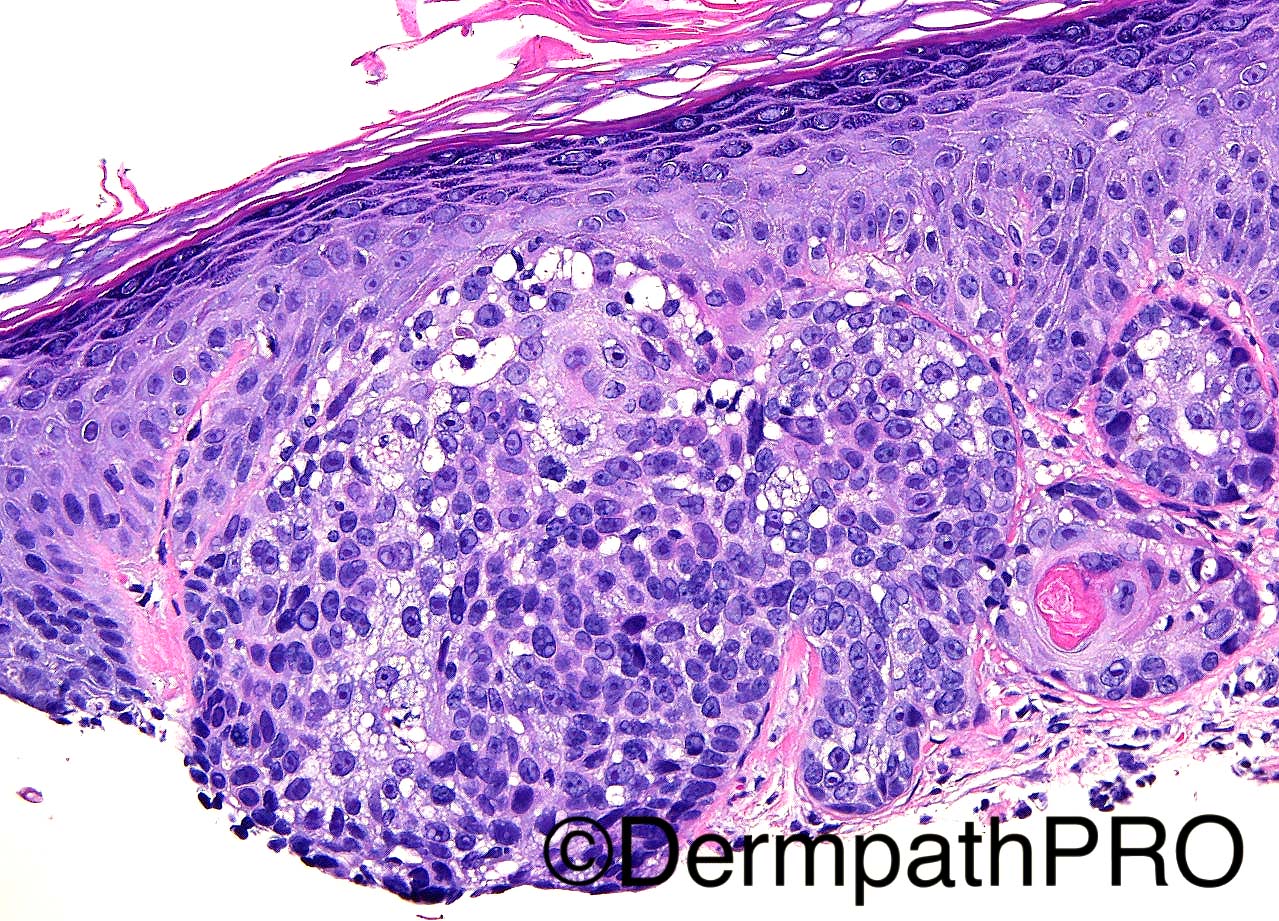
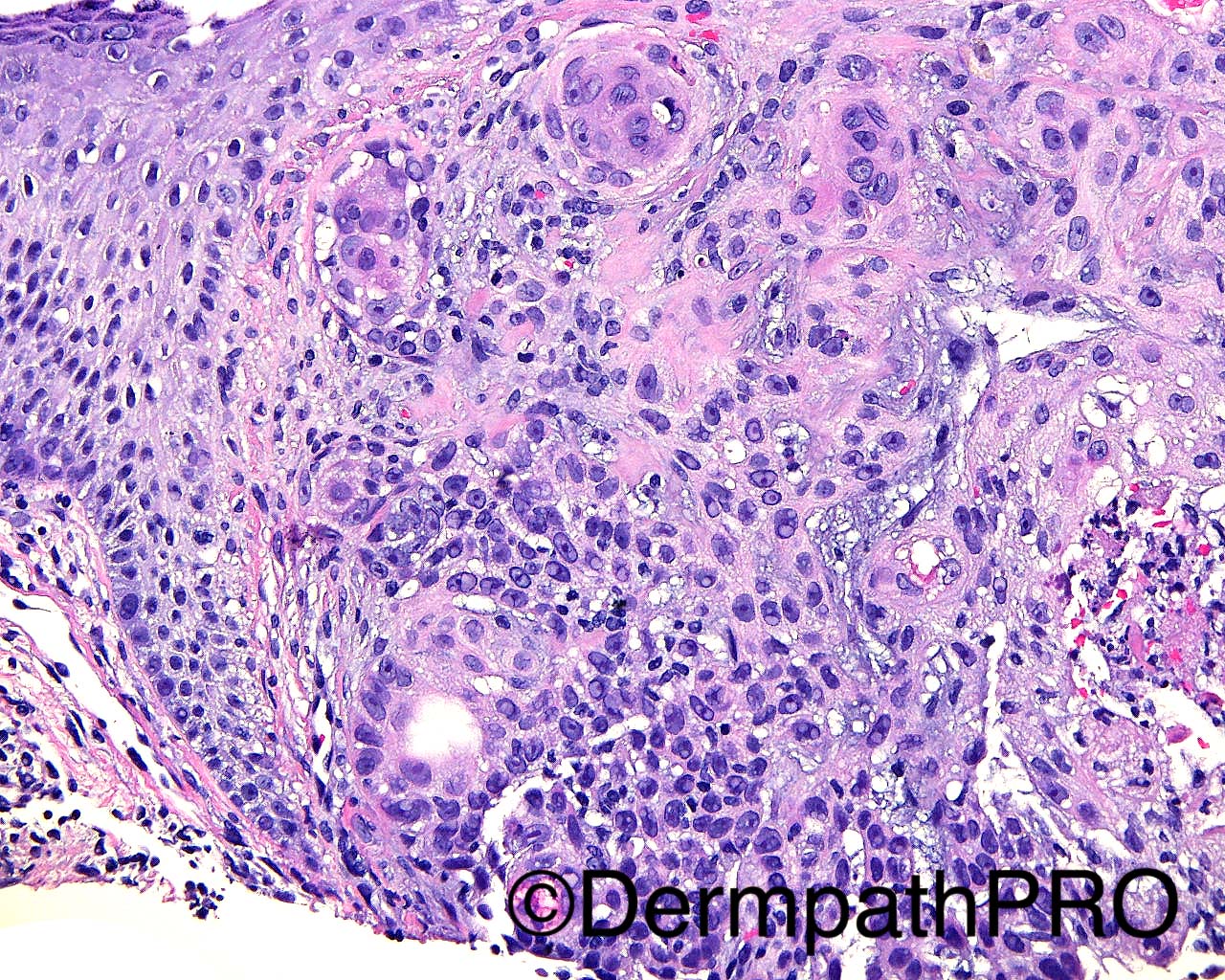

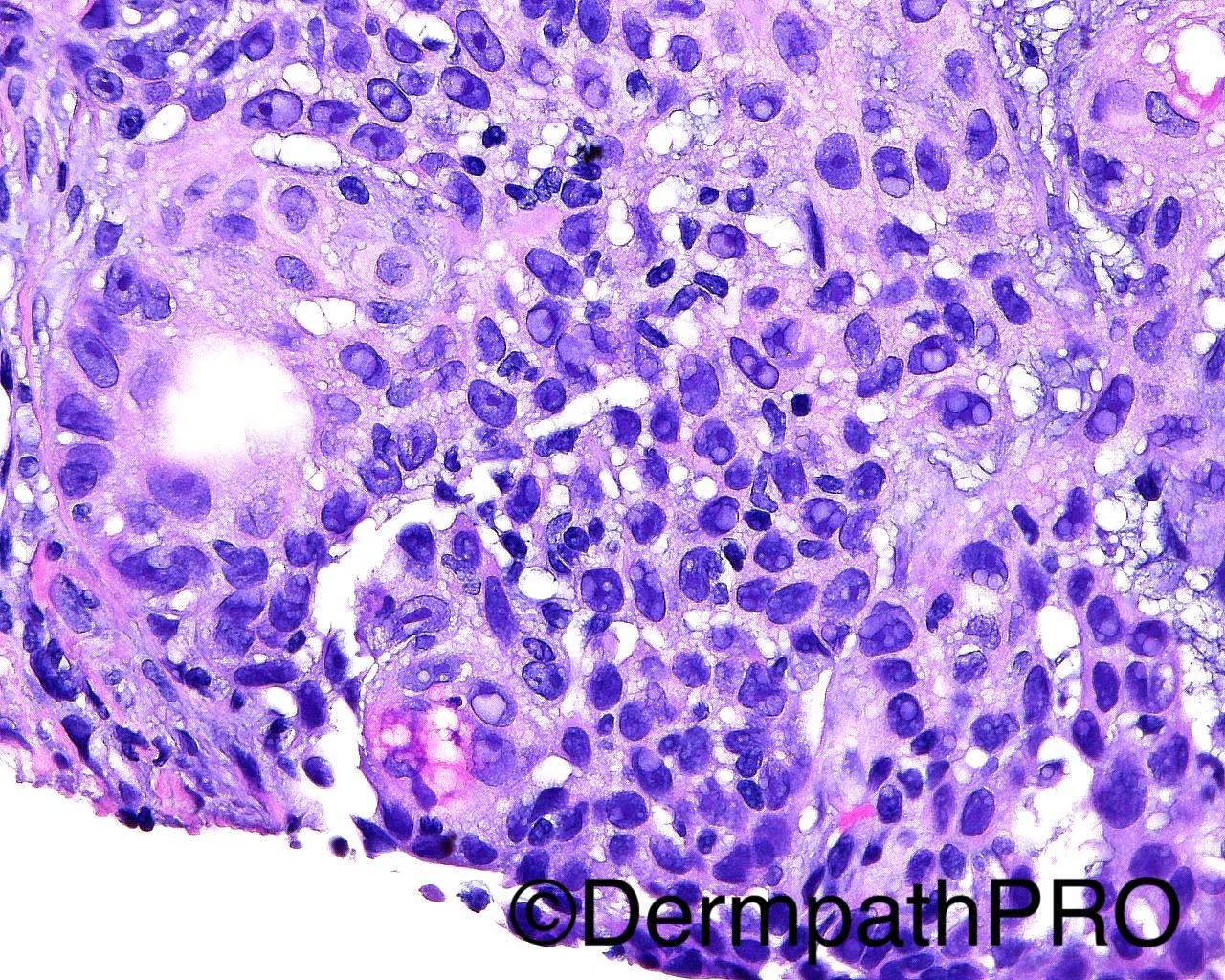
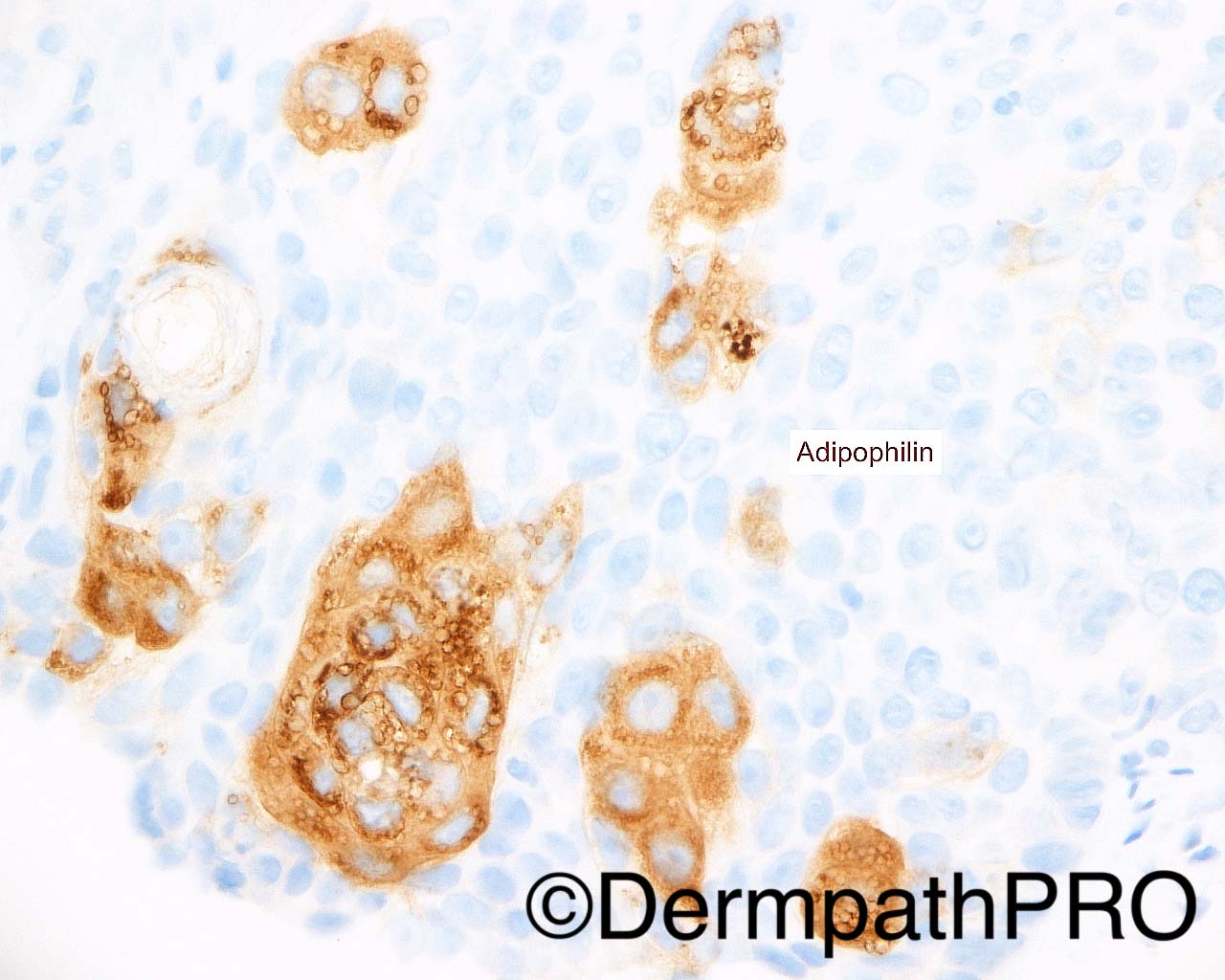
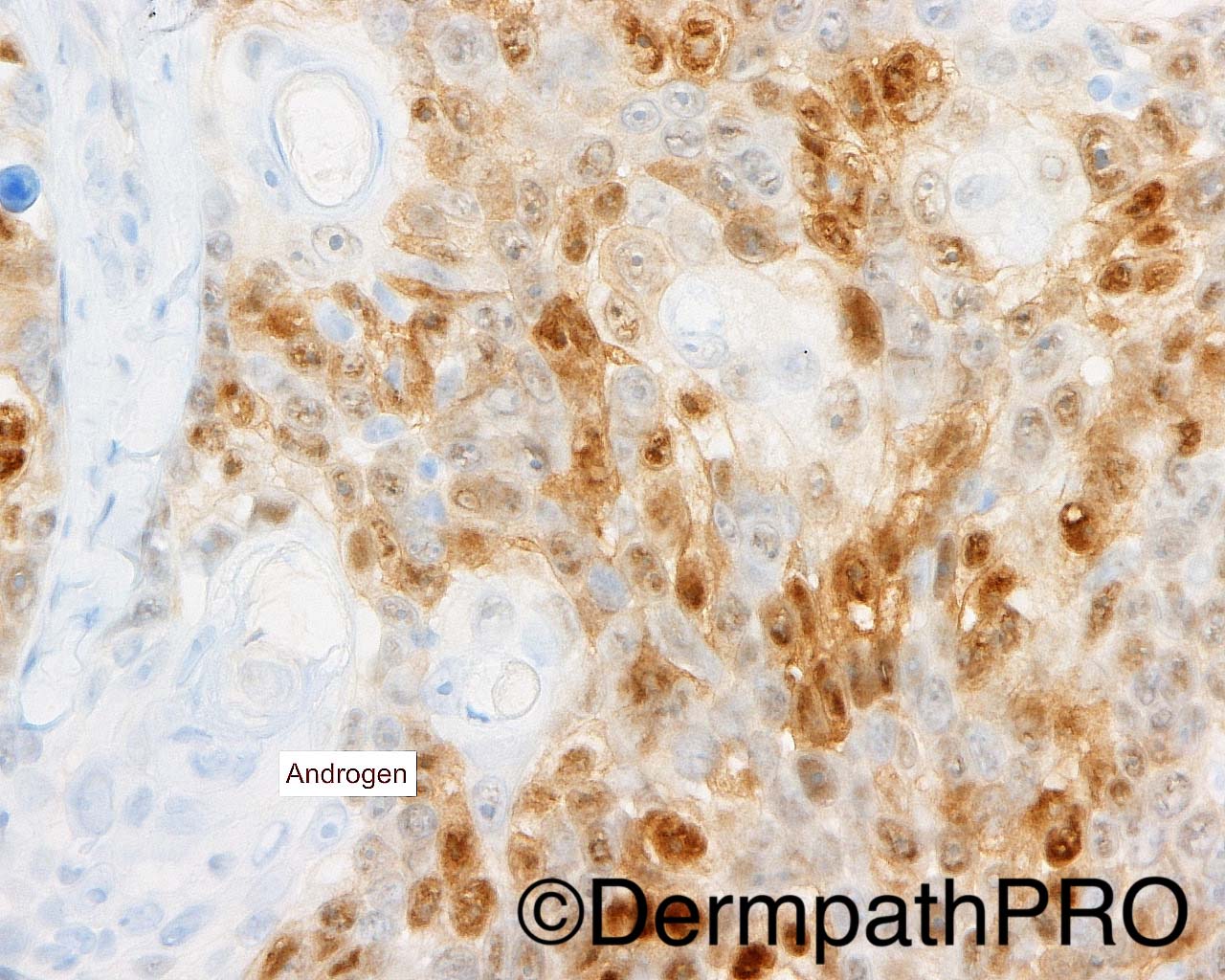
Join the conversation
You can post now and register later. If you have an account, sign in now to post with your account.